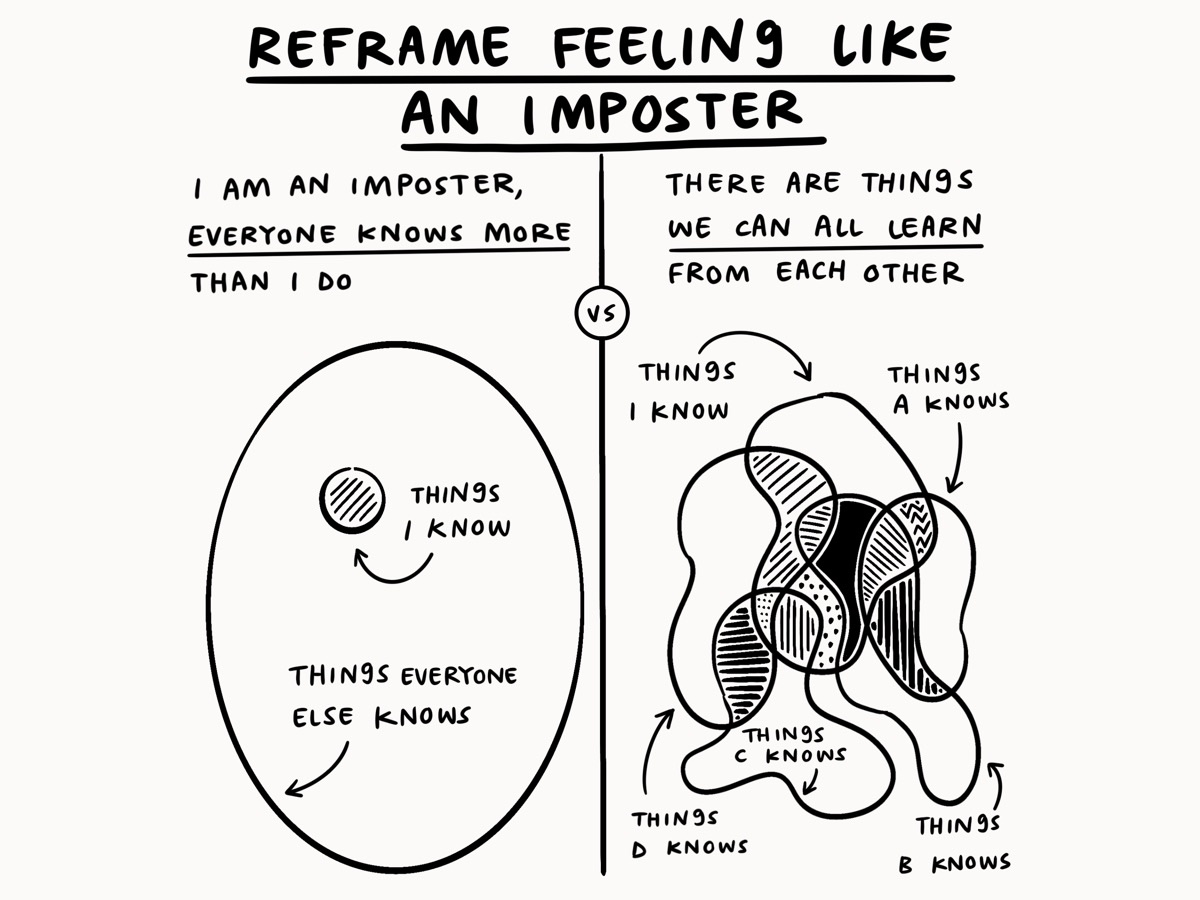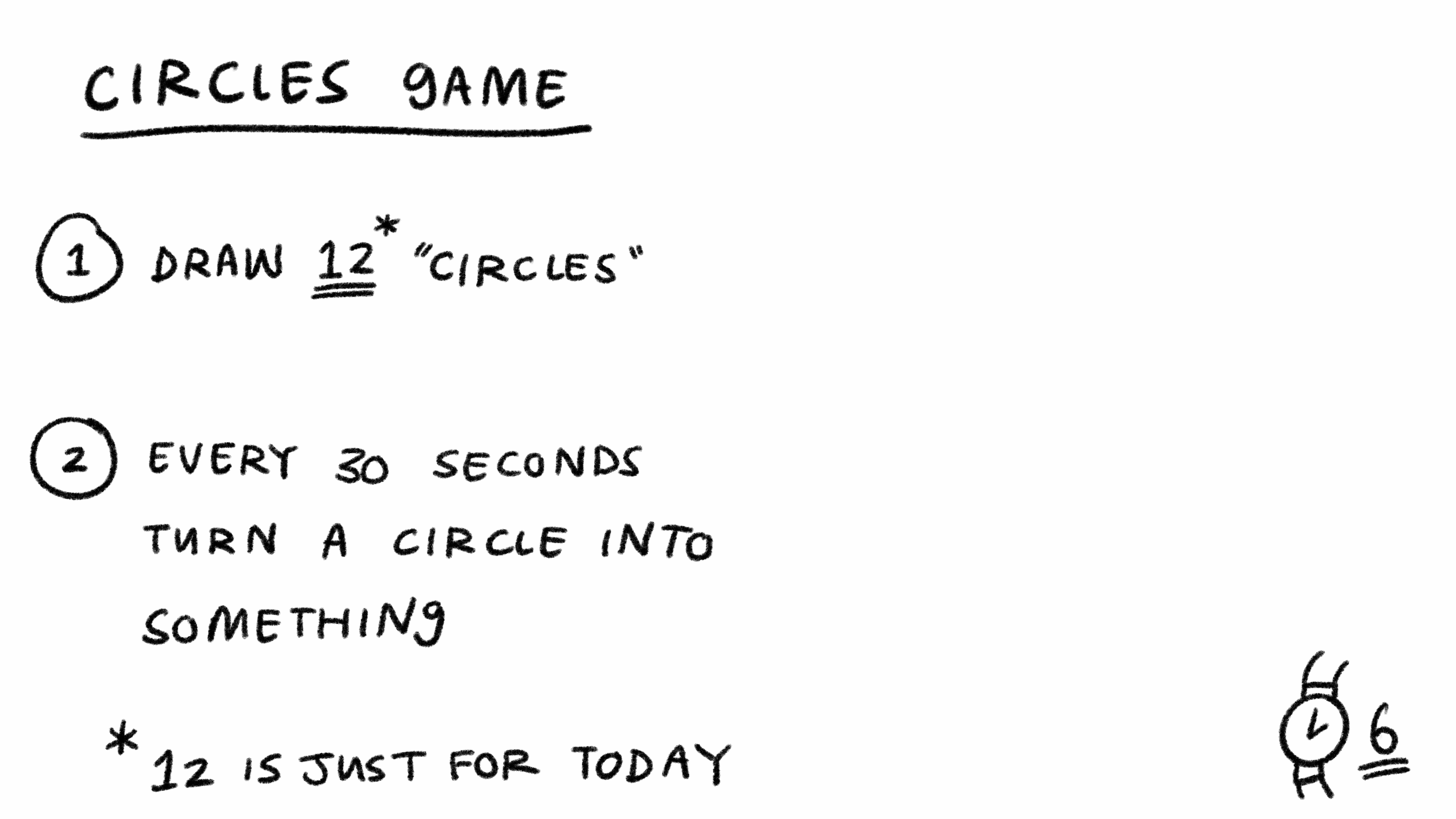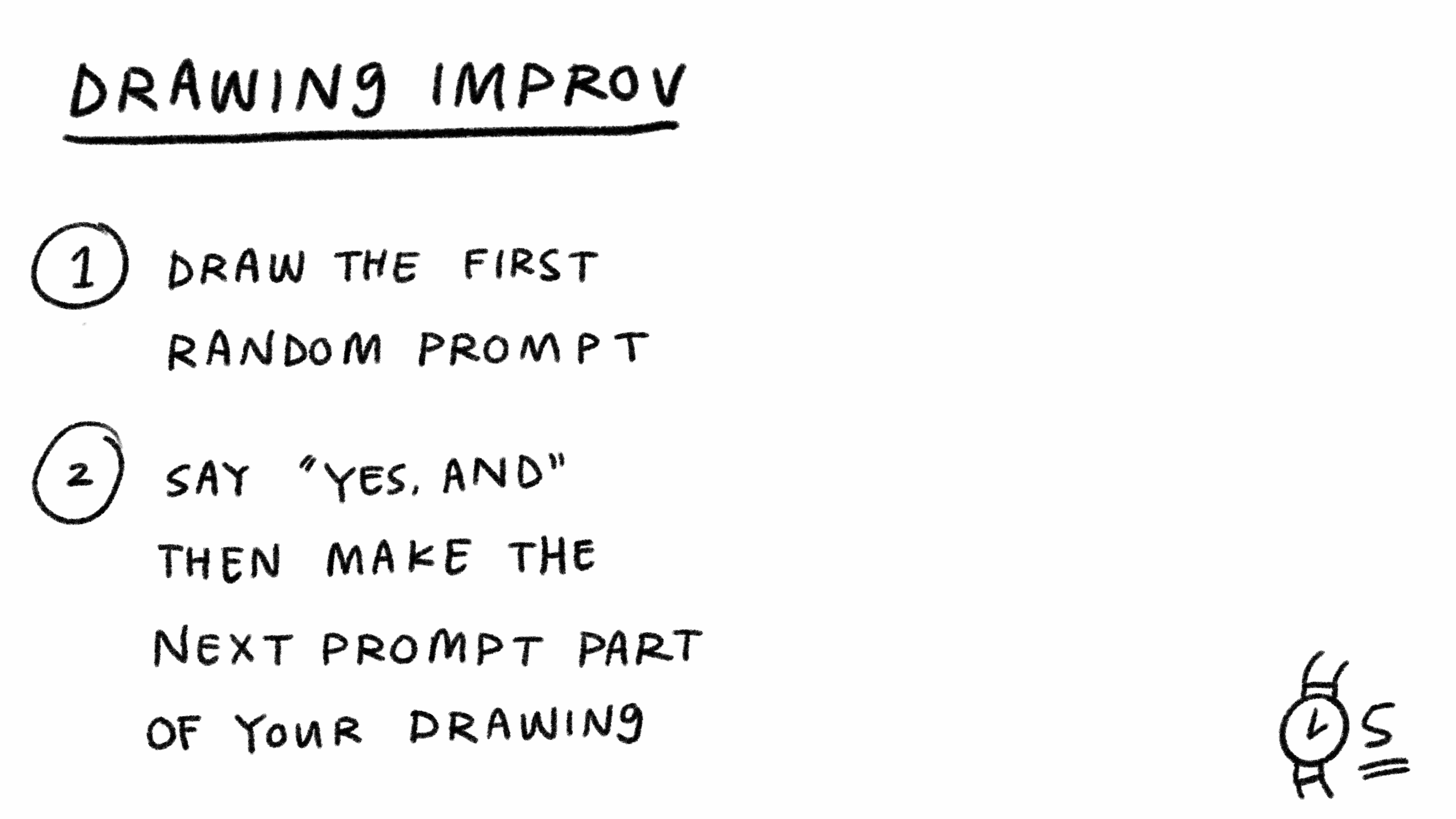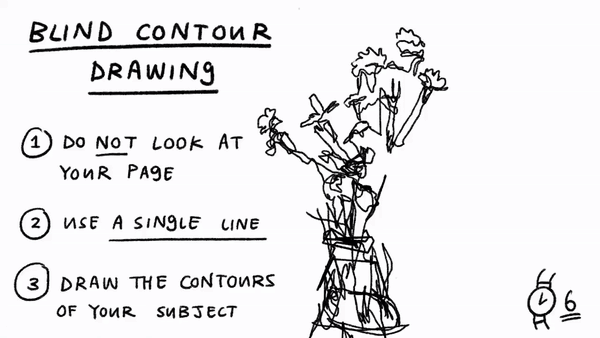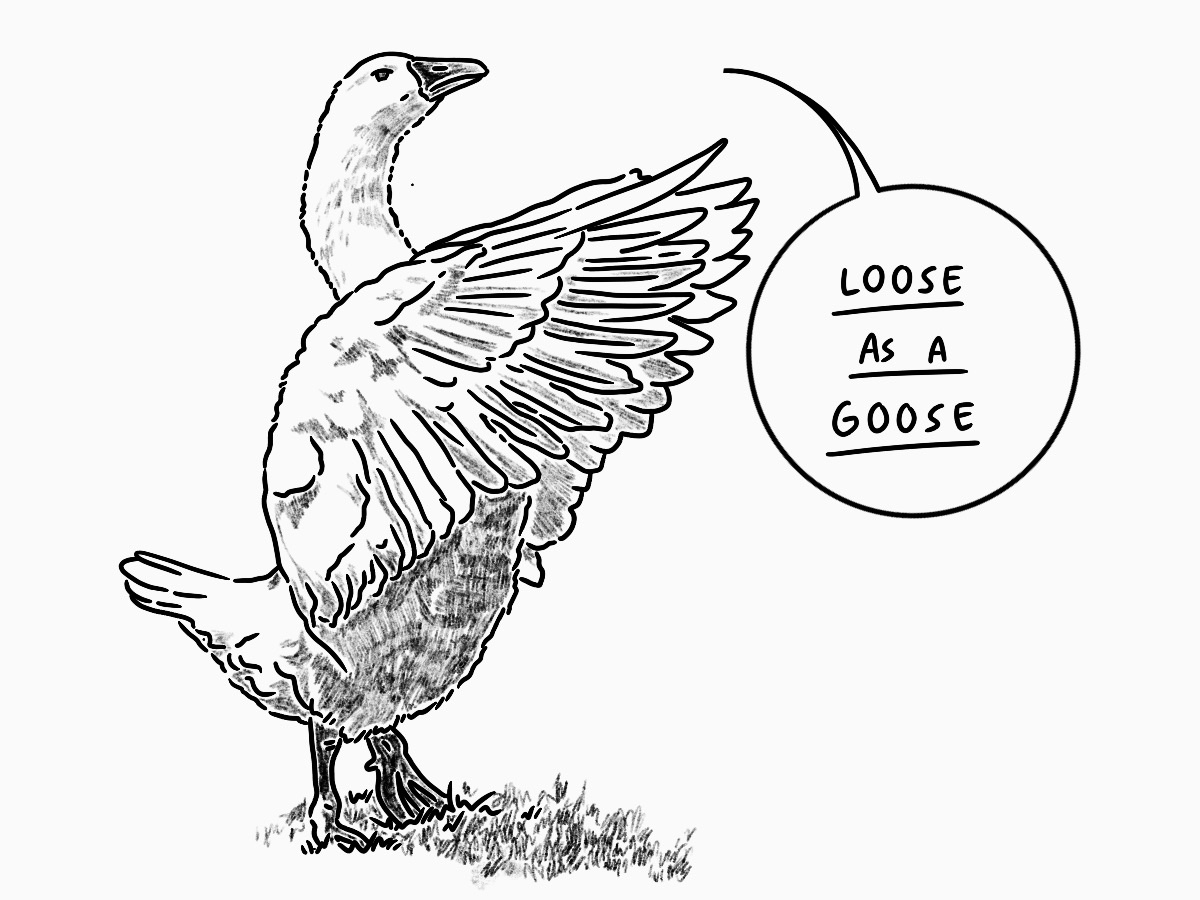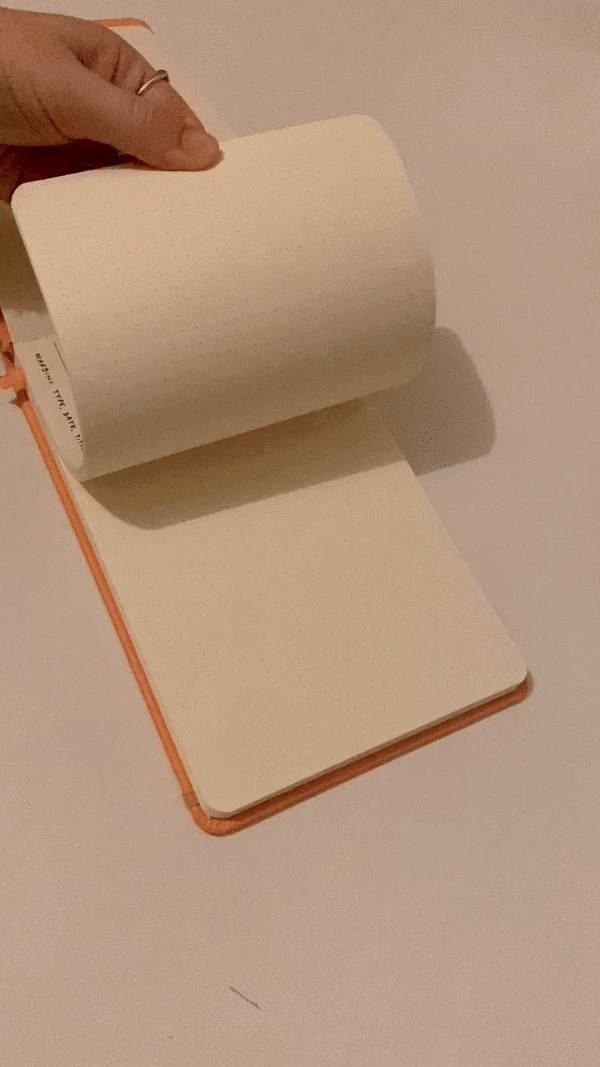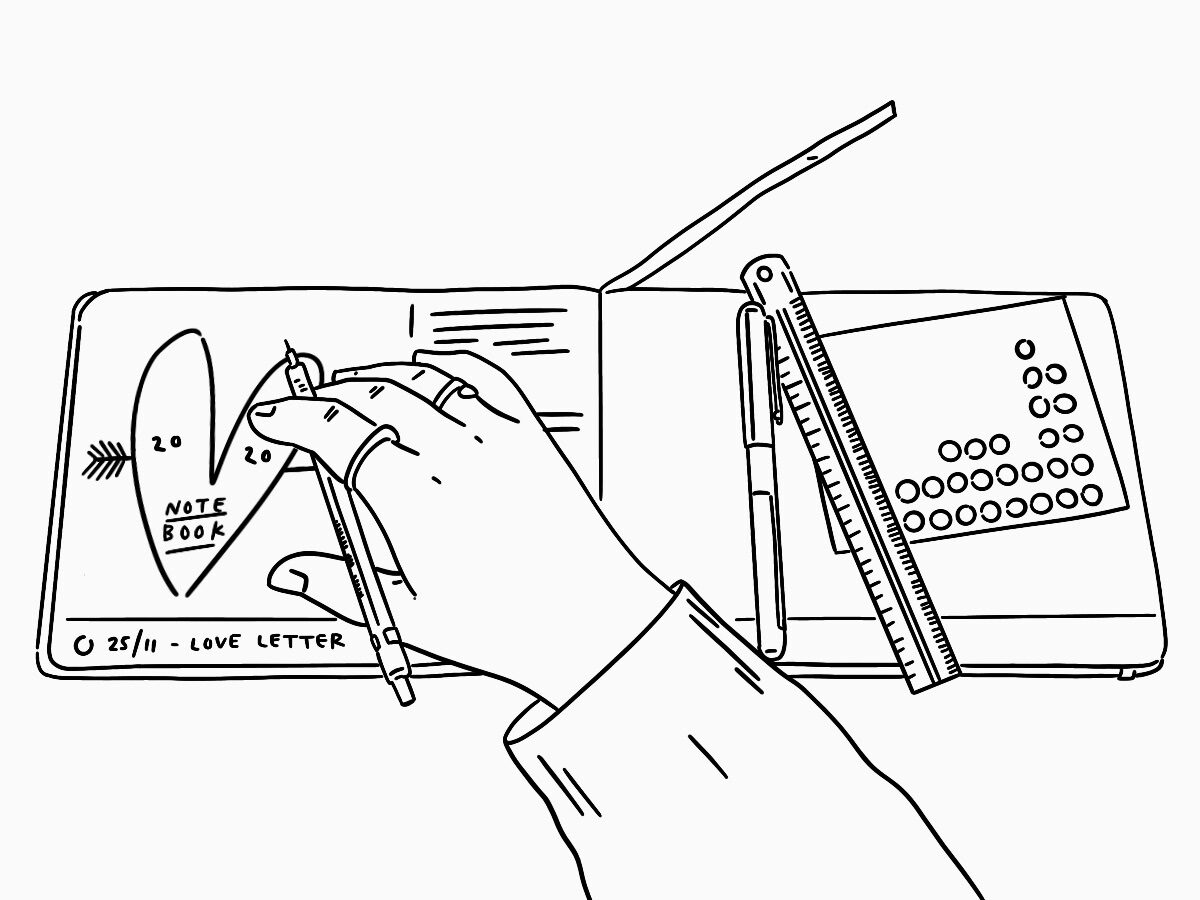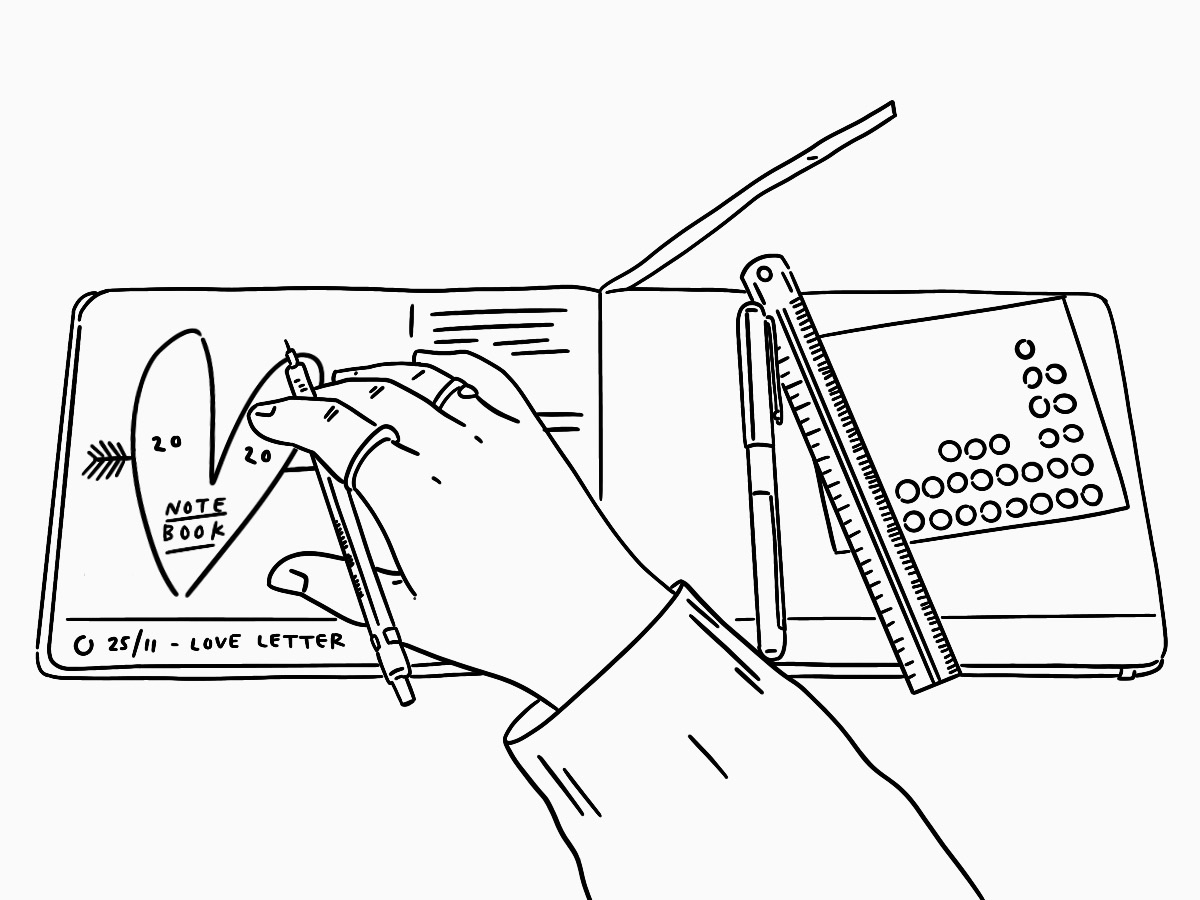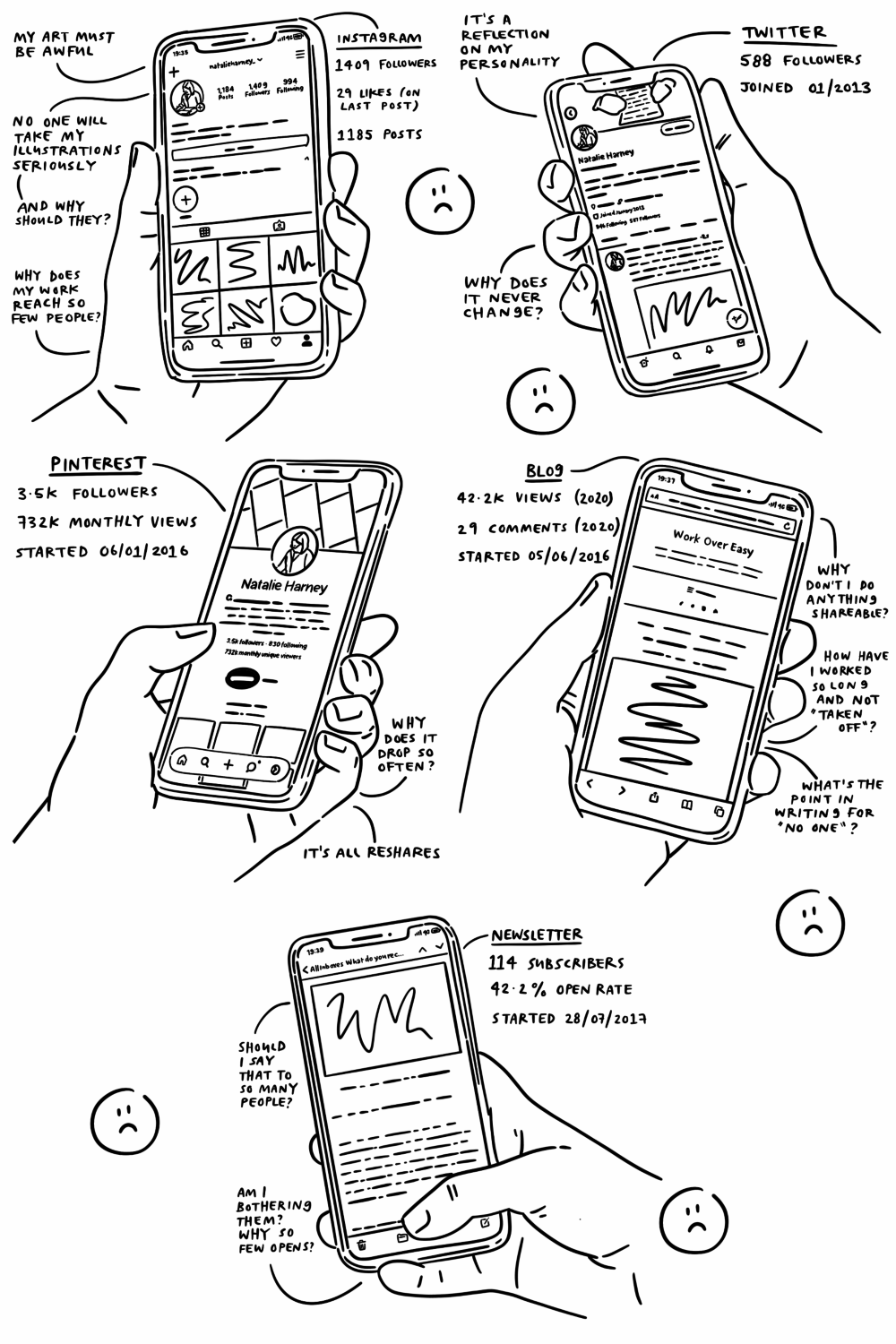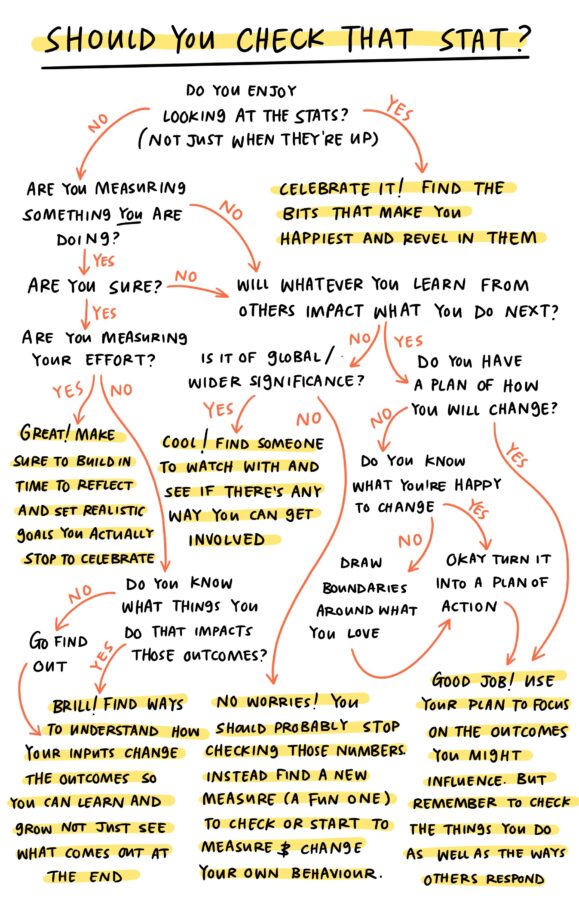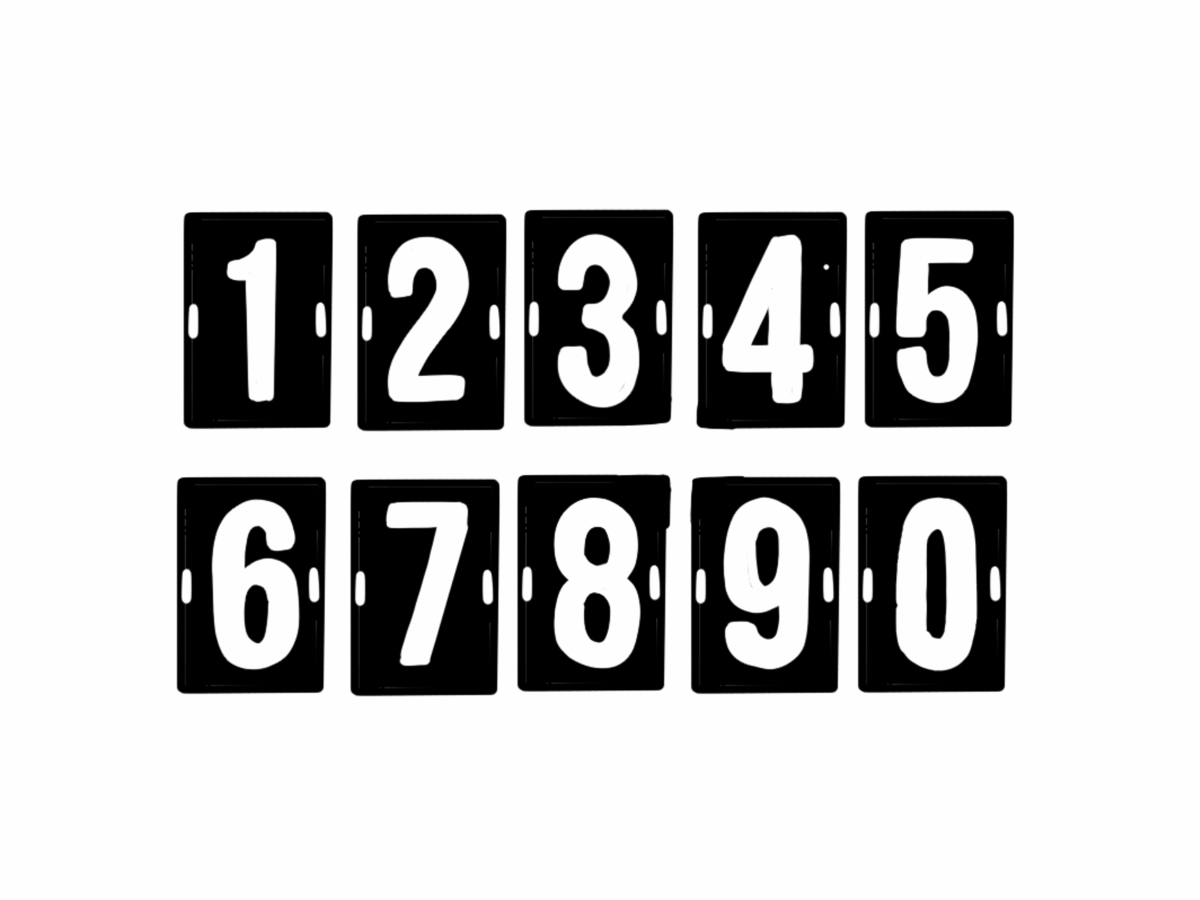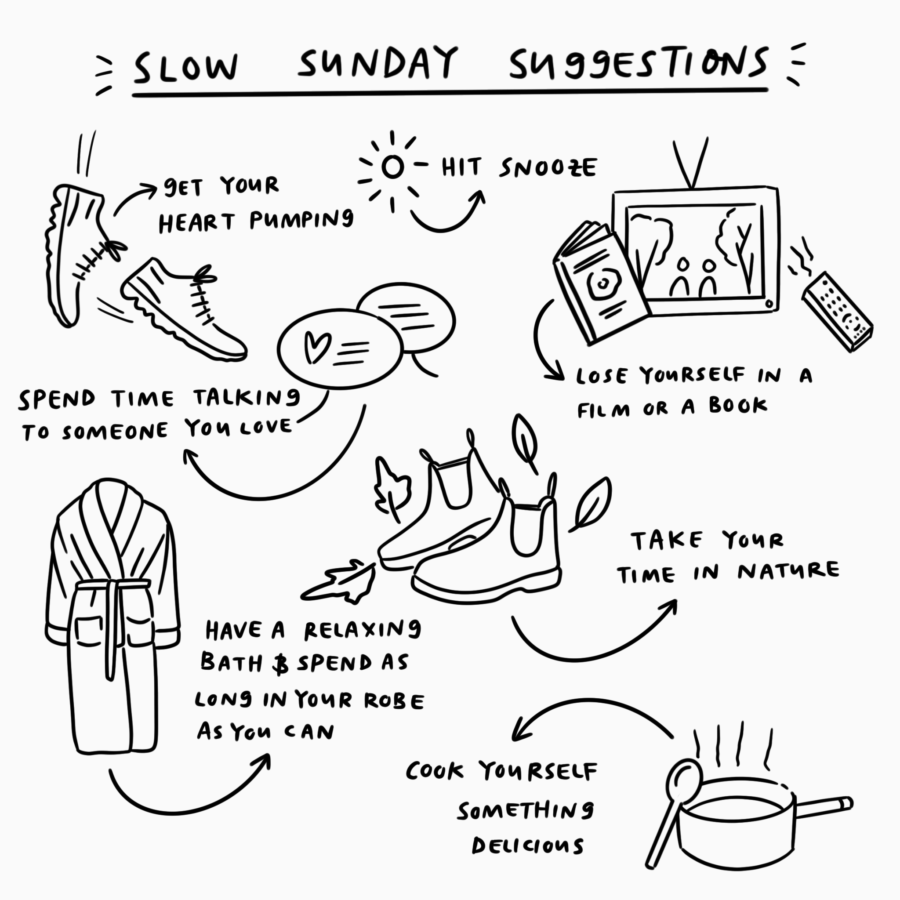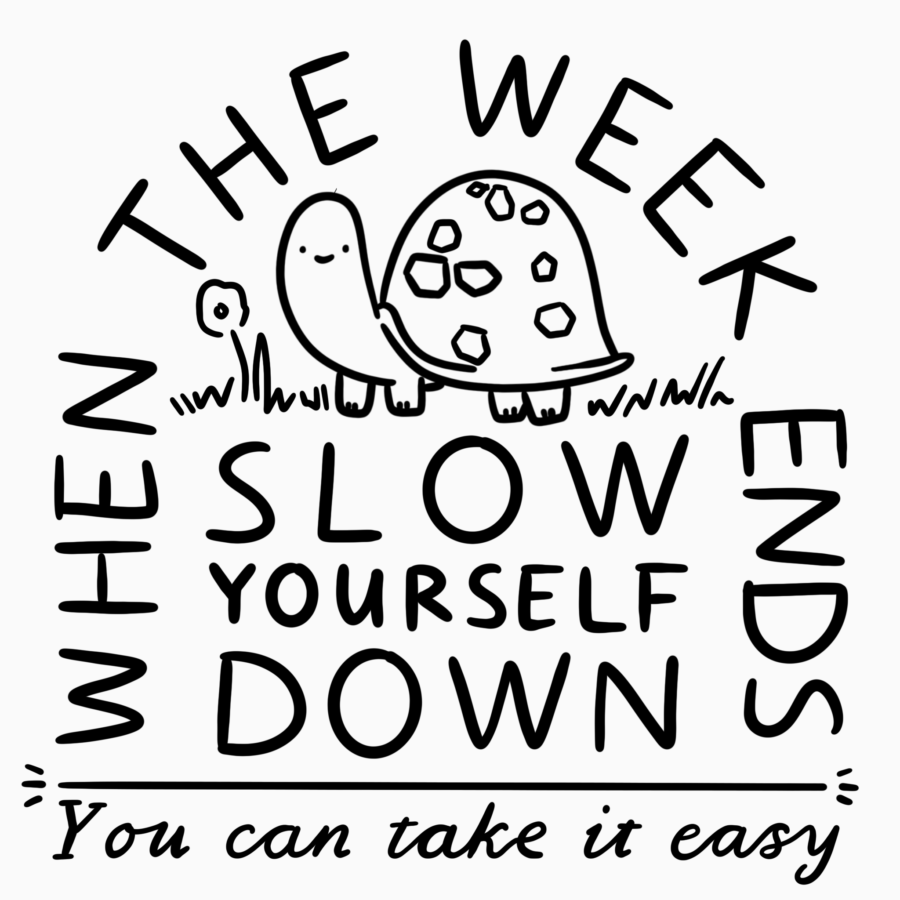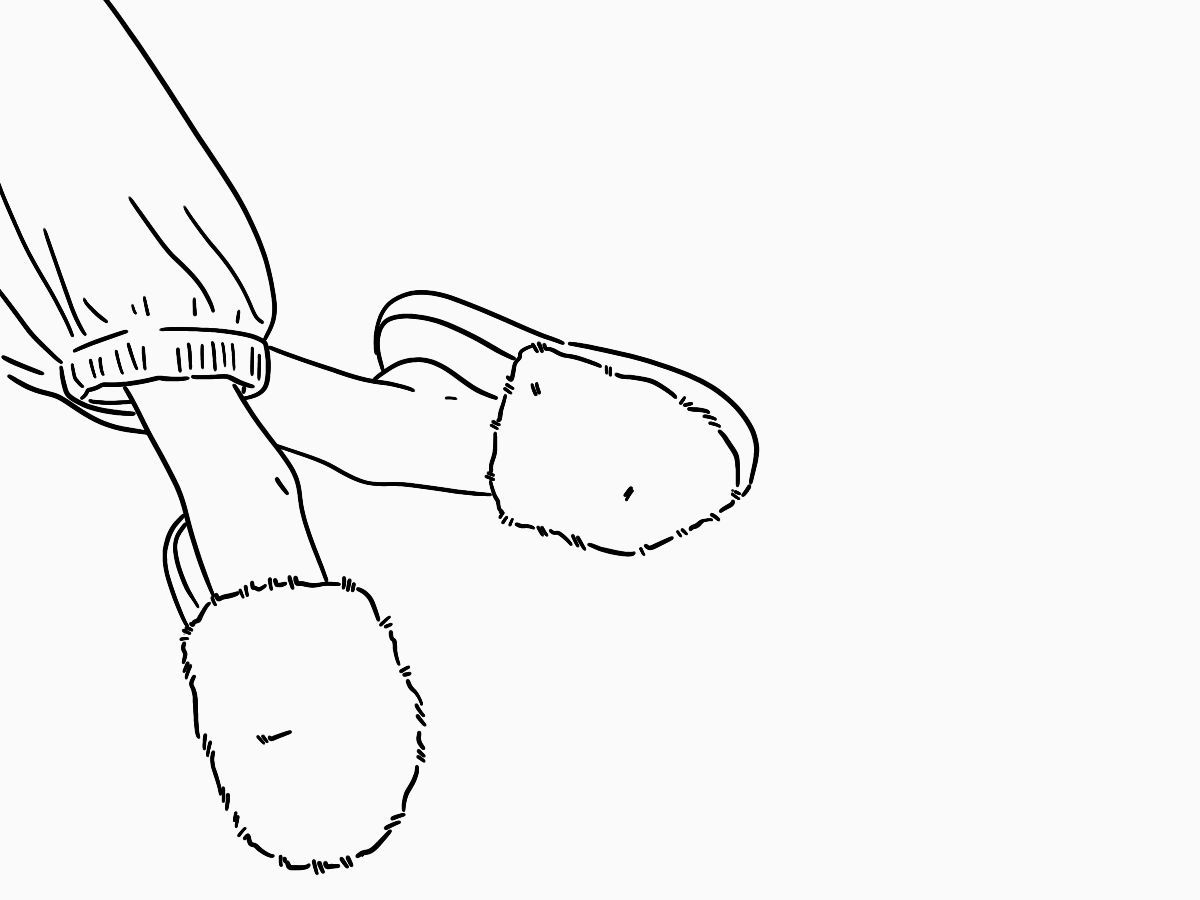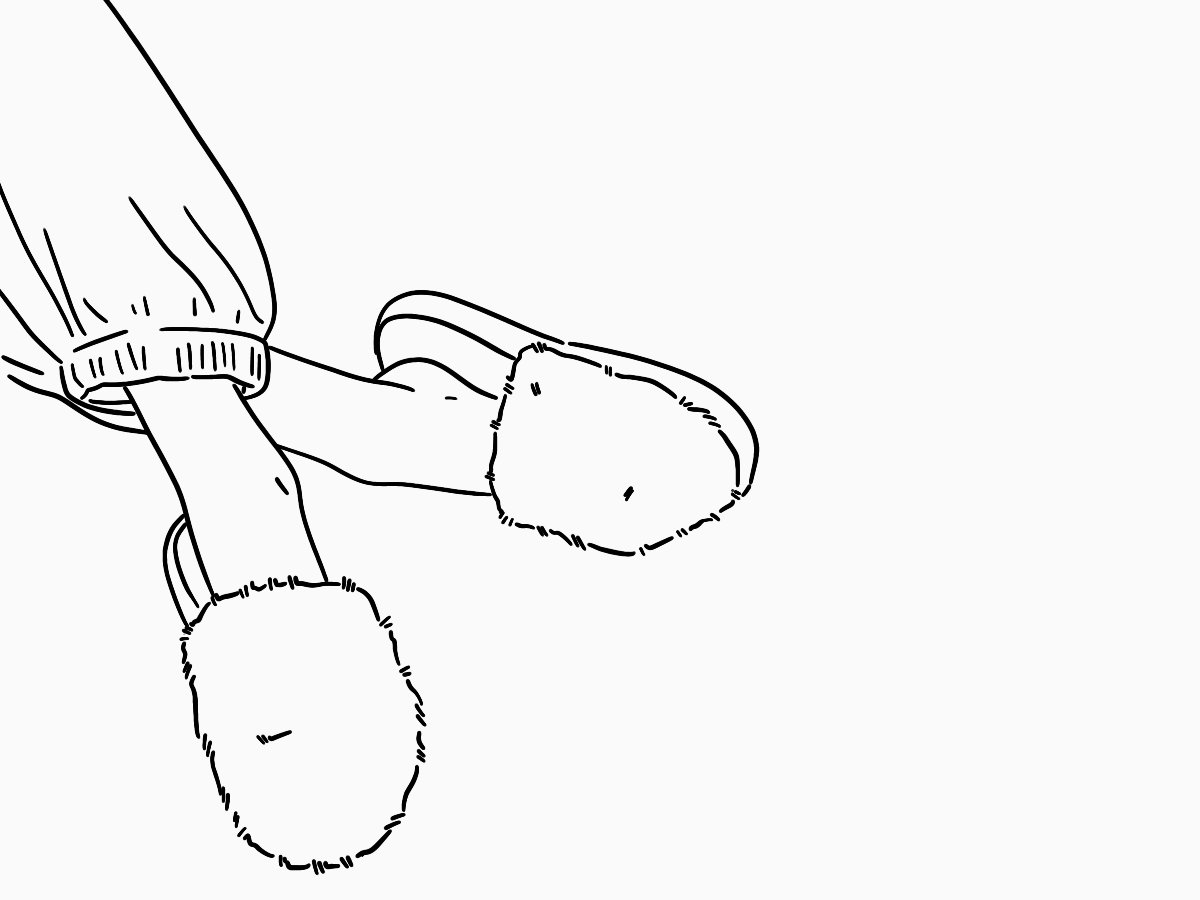I’m someone who thinks visually. If I can picture it or draw it, I find it much easier to hold in my mind. I also know that other people find my work more memorable and engaging when it uses images.
I’m working on expanding my visual communication repertoire at the minute. I’m challenging myself to work more in narrative, use charts, and make more timelines. I draw a lot of diagrams at work when I’m trying to explain things, so I wanted to push myself to make something a little bit more polished for you all.
So, I’ve tried to draw some of the mindset shifts I want to make as a new way of tackling them and hopefully helping you tackle them too. I loved trying to come up with ways to make the intangible clear and easy to see on the page.
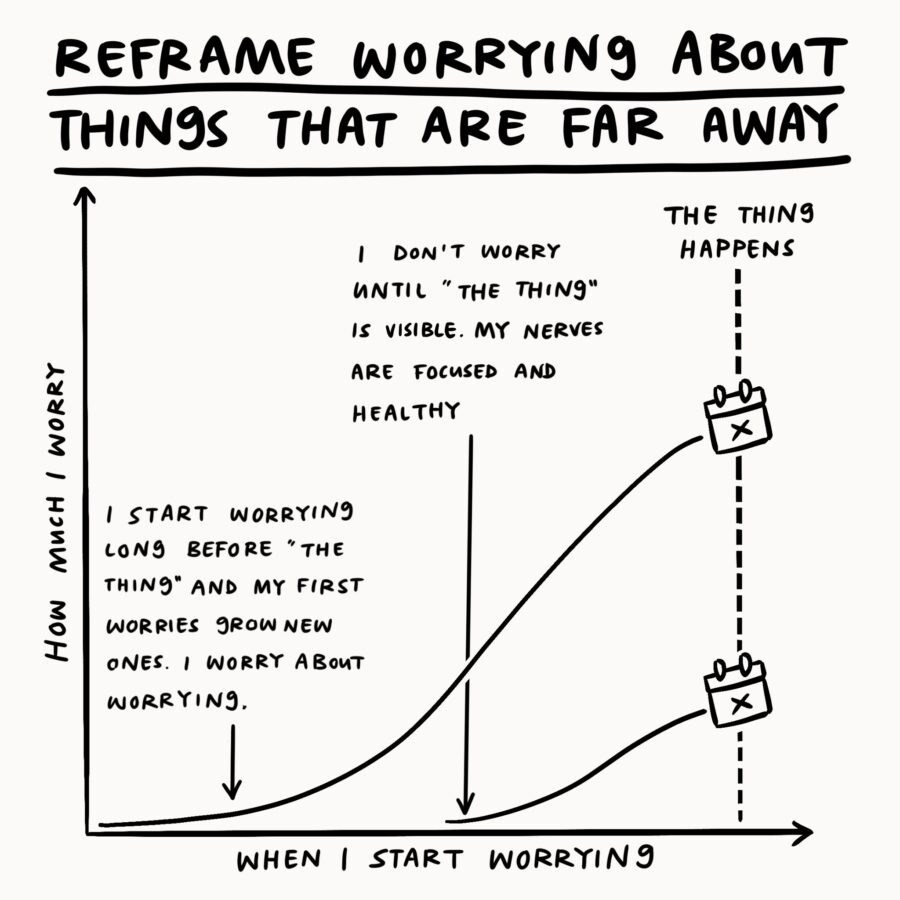
Rip the bandaid off
Famously, if you worry you suffer twice. But as someone with an anxious disposition that’s easier said than done. Here’s to hoping it’s easier when it’s drawn.
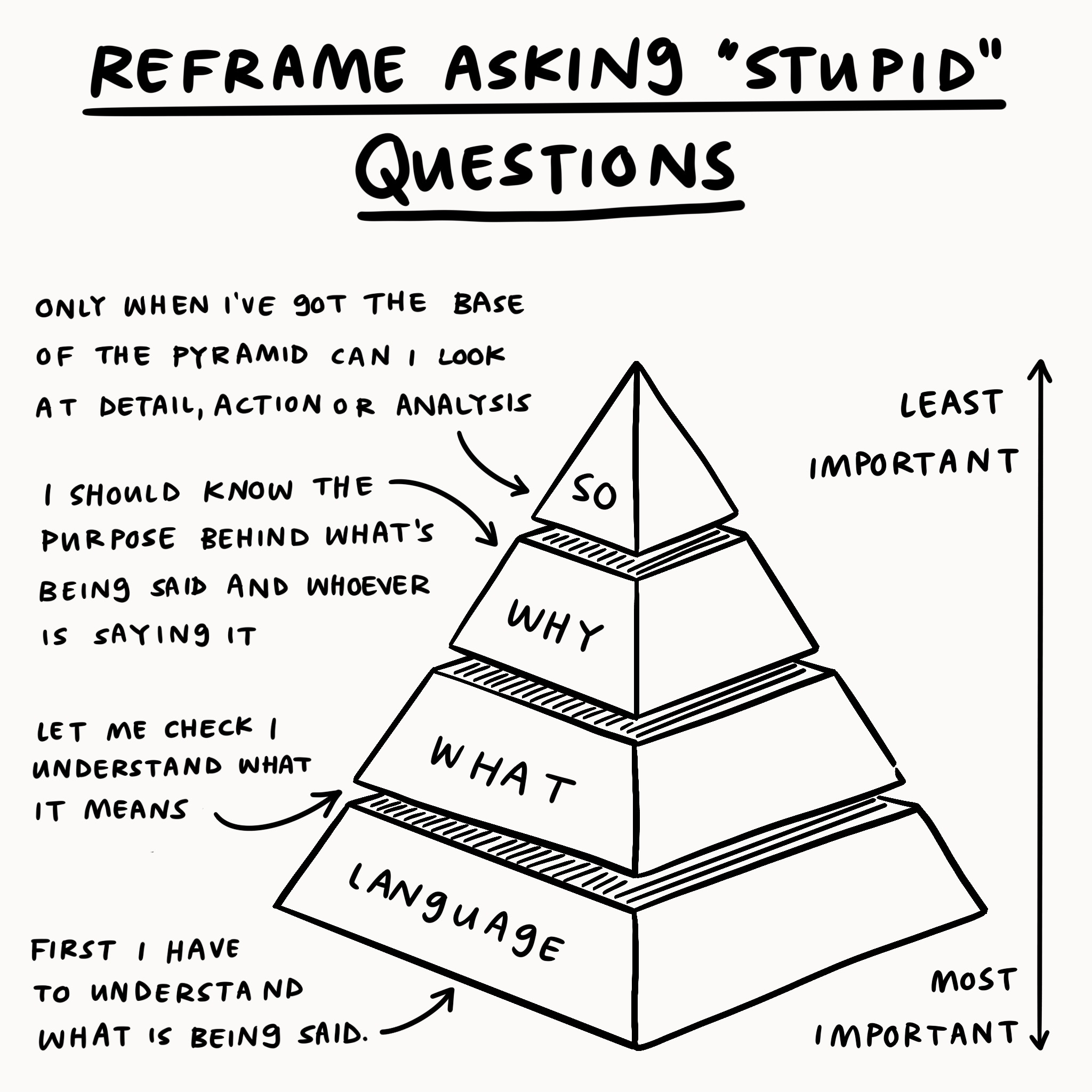
Ask the dumb questions
We all need a reminder from time to time that getting back to the basics is important. You need to be able to fully understand something to explain it simply. This is one that works both as a reminder for sharing explanations and receiving them. If it doesn’t make sense when someone explains it, you can (and should) peel back the layers til you really understand it too.
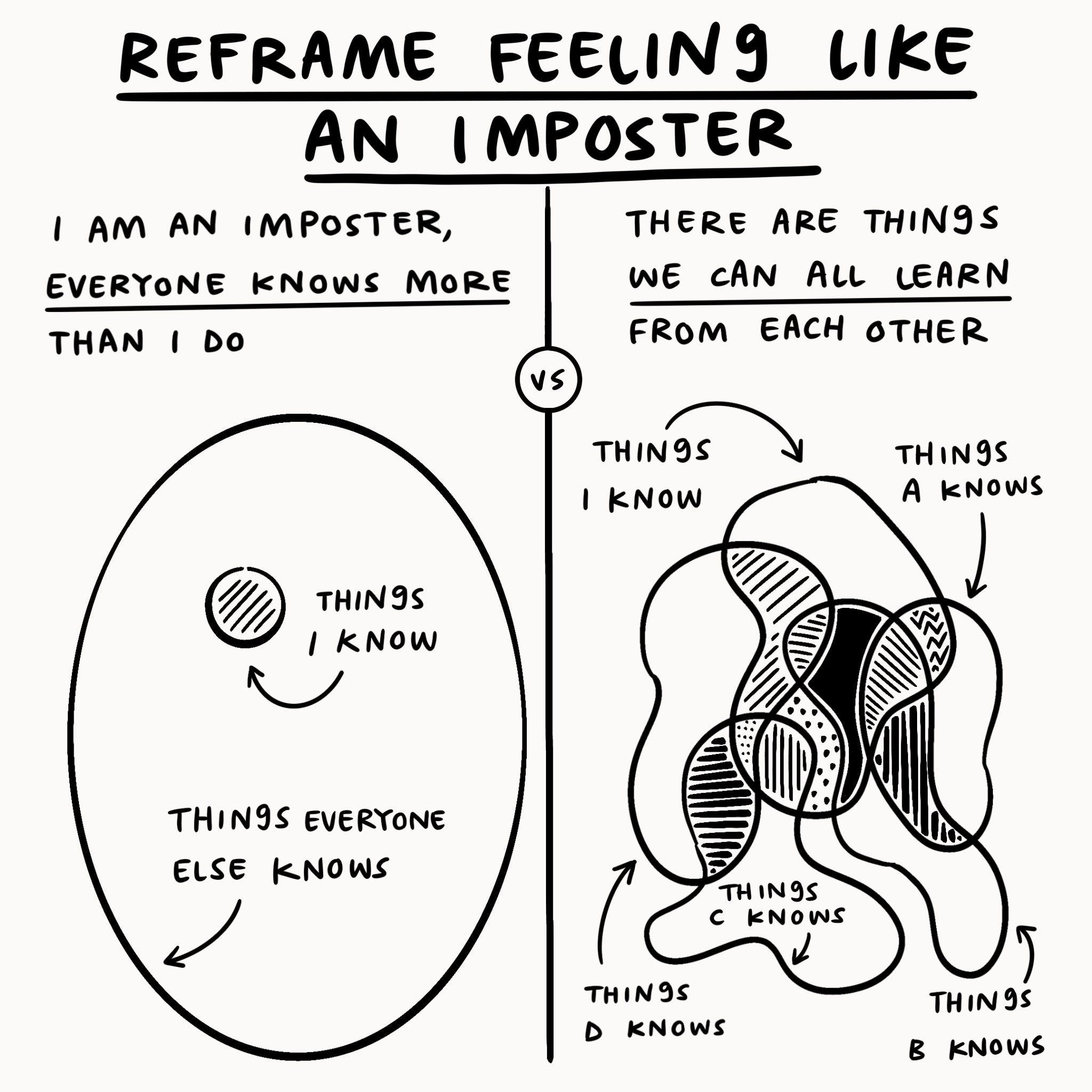
Imposter syndrome
Imposter syndrome is my constant companion. It’s rare I feel like I’m qualified for everything (or really anything) I do. But I’m trying to remind myself that while everyone knows something that I don’t, has strengths and skills that I don’t, no one has the exact same set of knowledge, strength and skills that I do.
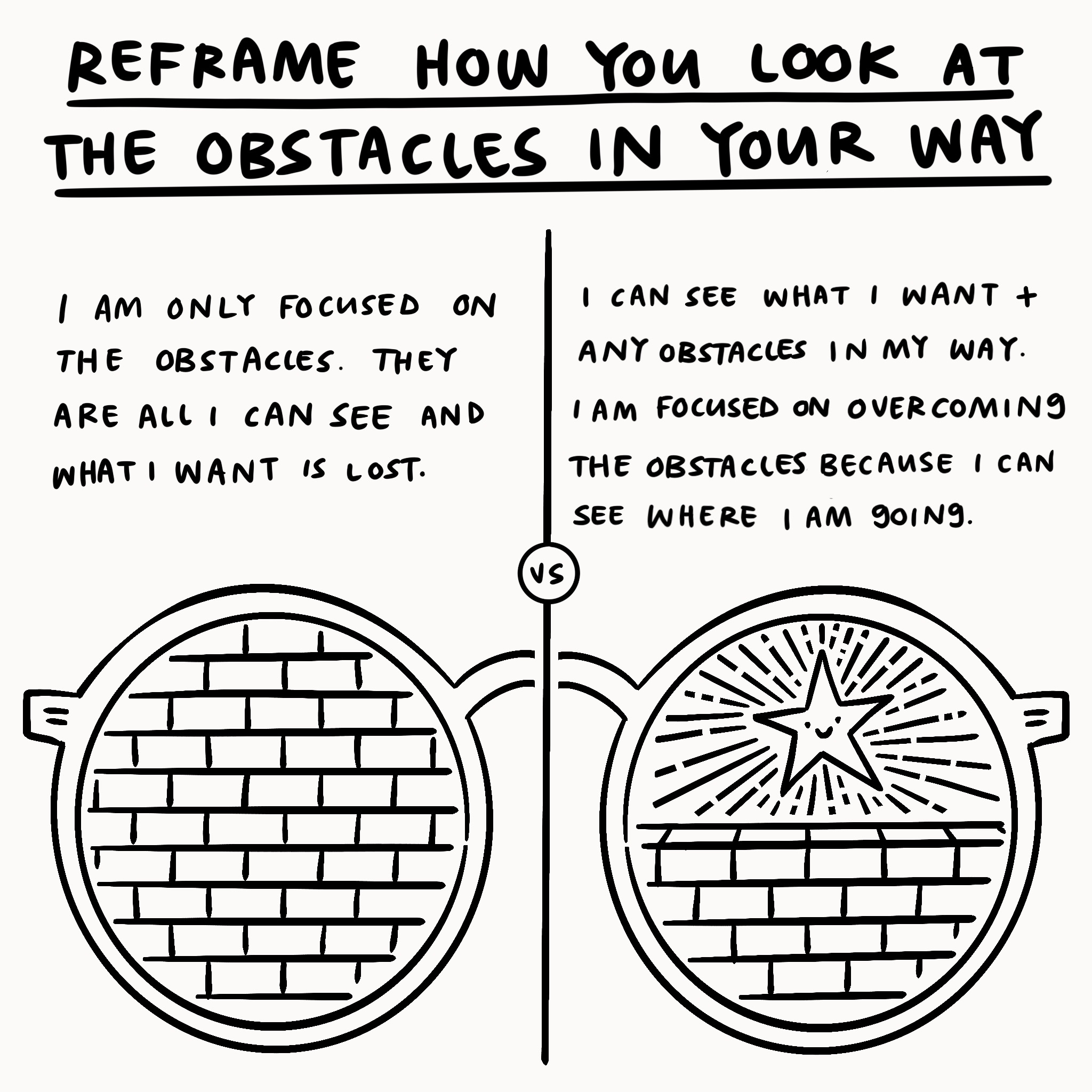
Look at the prize not just the obstacle
It’s easy to just focus on the things that are in your way, I know I certainly do. I fear I could have been a risk analyst in another life. But if you can keep one eye on the prize not only does it make the obstacle seem smaller, it keeps you focused on where you’re going and leaves space in your vision to find a way around them.
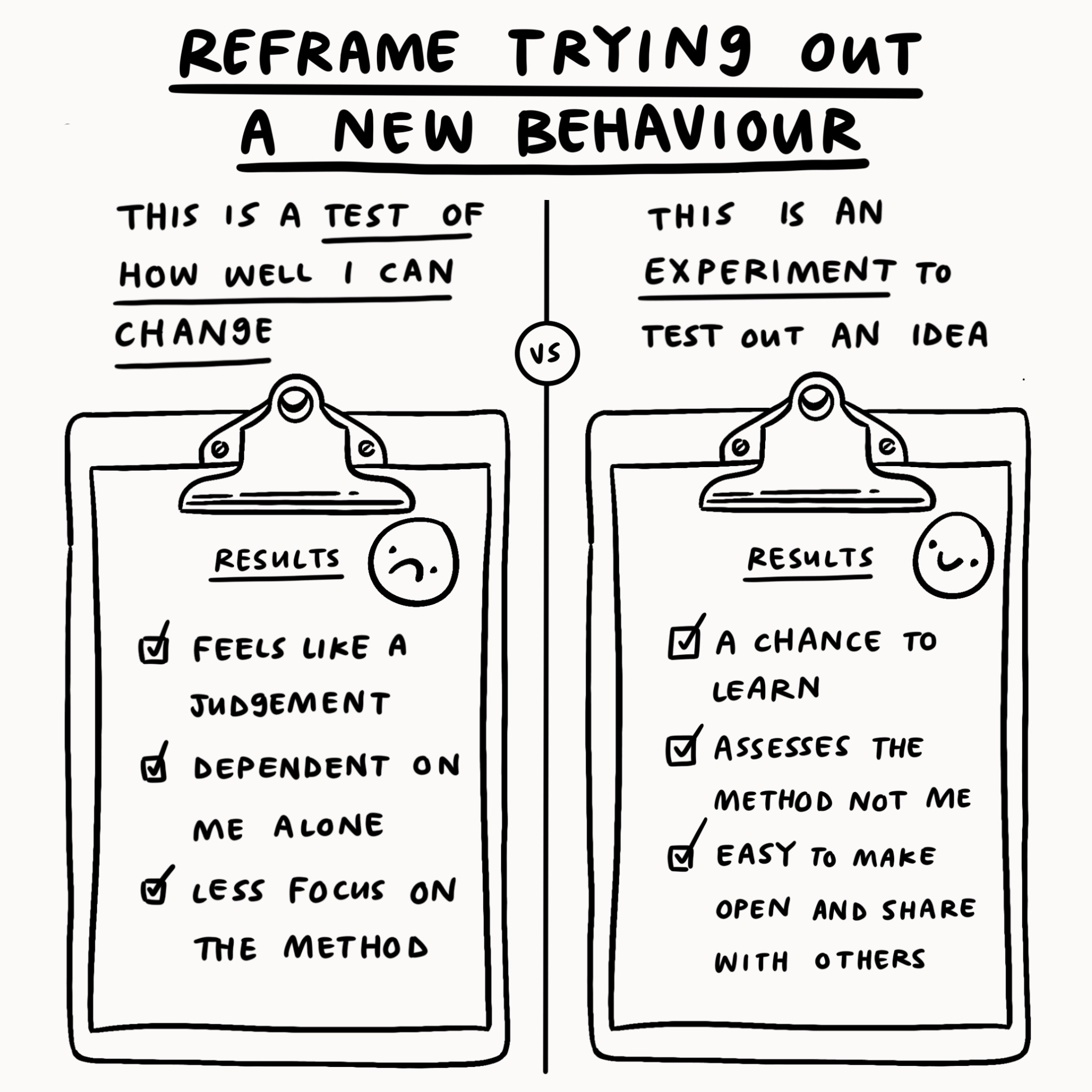
Experiments
A colleague recently shared the great idea of reframing changes in behaviour at work (for me being more assertive) as an experiment rather than a forever change. It really appealed to my researcher brain. Suddenly. doing something difficult becomes much easier when you’re focused on measuring and learning from the impacts rather than just how uncomfortable you might be.


